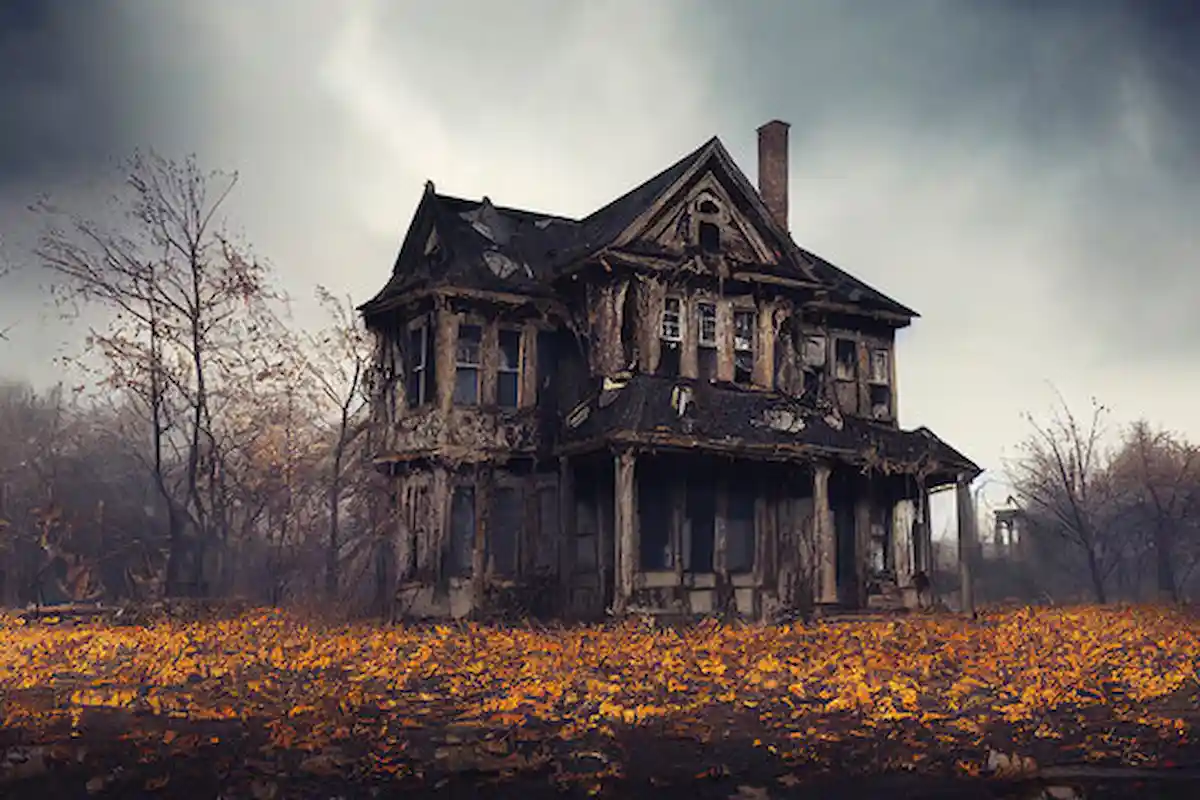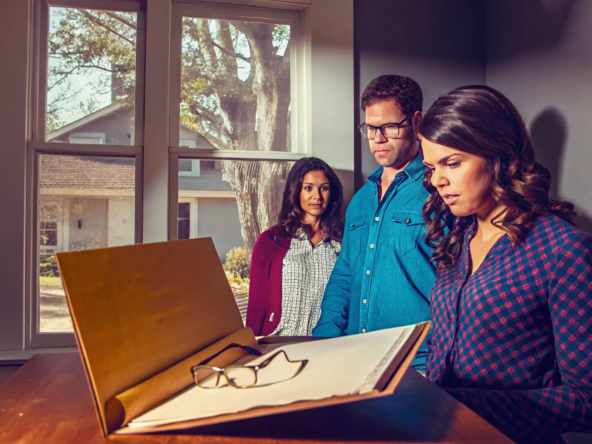Homeownership often carries a certain appeal when it comes to owning an old house. These properties hold unique character, rich history, and distinct architectural elements that are hard to find in newer constructions.
A century-old house can be a treasure trove of nostalgia and charm, but buying one also comes with challenges that need careful consideration. Whether you’re drawn to owning a piece of history or are considering a fixer-upper, there are several important factors to consider before purchasing an older home.
In this article, we’ll explore the important aspects of buying an old property, the pros and cons, and key things to look out for when considering homes that have stood the test of time. We’ll also discuss how to renovate a historic house to make it your own, while maintaining its unique character.
The Appeal of Older Homes
Older homes, especially those built between the late 1800s and early 1900s, have an undeniable charm. Their craftsmanship, intricate details, and historical value make them stand out from modern homes. For those who appreciate history, a century-old home is more than just a living space; it’s a piece of history that connects its owners to a bygone era. Many turn-of-the-century homes feature high ceilings, expansive rooms, and large windows that offer both beauty and functionality.
Living in an old house means you are immersed in a rich historical backdrop. Some homes have witnessed decades, even centuries of change, seeing generations of families, evolving neighborhoods, and broader societal shifts. For history enthusiasts, there’s a deep sense of connection to the past, and an appreciation for what these homes represent.
In addition to their history, older homes often have architectural features that aren’t found in newer properties. From grand staircases and intricate woodwork to stained glass windows and majestic fireplaces, the craftsmanship in century-old homes was built to last. If you’re someone who values unique design and quality craftsmanship, a historic property can be an incredibly rewarding investment.
What to Look for When Buying an Old House
Buying an older property comes with its own set of considerations. While old houses can be charming and full of character, they can also present challenges. Before making a purchase, it’s essential to carefully evaluate the condition of the home to ensure you’re prepared for any necessary repairs or renovations.
1. The Age of the Property
The first thing to assess when buying an old house is how old the property actually is. Homes that are over 100 years old come with a unique charm, but they also have their own set of risks. Plumbing and electrical systems may be outdated, and the structural integrity of the property could require significant attention. Understanding the history of the home and the maintenance it has received over the years is essential to avoid unexpected costs.
2. Foundation Issues
One of the most critical aspects of any home, particularly old homes, is the foundation. Older foundations can settle, crack, or deteriorate over time, leading to costly repairs. A foundation inspection is essential when purchasing a century-old property. If there are significant foundation issues, it’s important to assess whether the cost of repairs is worth the investment.
3. Roof Condition
The roof of an old house may show signs of wear and tear after decades of exposure to the elements. If the roof is over 20 years old, it may be time to consider a replacement. A 100-year-old house may require a completely new roof, which can be a major investment. When considering older homes, be sure to factor in roof replacement costs.
4. Plumbing and Electrical Systems
Many older homes still feature outdated plumbing and electrical systems. Galvanized pipes, for example, can rust and corrode over time, leading to leaks and water quality issues. The electrical systems in older houses may not meet modern standards, and rewiring could be necessary to ensure the home can accommodate the power needs of today’s appliances and electronics.
5. Lead Paint and Asbestos
If you’re buying a home built before the 1970s, there’s a good chance it contains lead paint, which can pose a significant health risk, particularly for young children. Many older homes also contain asbestos, a material used in insulation and flooring that is now known to be hazardous. Before purchasing an old home, it’s critical to have it professionally inspected for these substances and factor the removal costs into your budget.
Is Buying an Old House a Good Investment?
The decision to buy an old house can be a lucrative investment, but it requires careful thought and planning. Purchasing a historic property offers the potential for unique homeownership but often comes with significant renovation costs. For those interested in fixer-upper houses, the idea of restoring an older home can be both exciting and financially rewarding. However, it’s important to weigh the costs of repairs against the home’s potential value.
Investing in Fixer-Uppers
If you’re considering buying an old house as an investment, the location is crucial. Homes in desirable neighborhoods can provide substantial returns after renovation, especially if the home’s historical charm is preserved. However, some older houses may require more work than anticipated, turning into money pits if structural issues or costly repairs arise. Make sure to thoroughly inspect the property and budget accordingly before making an investment.
Historic Homes as Investment Opportunities
Some historic homes are located in areas undergoing revitalization or gentrification, making them particularly valuable investments. Additionally, properties that are classified as historic may qualify for tax incentives or grants for preservation, helping to offset renovation costs. Properly renovating an old home can significantly increase its value, making it a smart investment if you’re willing to put in the time and effort to restore it.
Challenges and Rewards of Renovating an Old House
Renovating a historic home is no small feat. It requires time, patience, and a significant financial investment. The process of old house renovation is not for the faint of heart, but it can also be incredibly rewarding when done correctly. If you’re looking for a project that requires both creativity and attention to detail, renovating an old house might be the perfect challenge.
Remodeling a Historic Home
Renovating an old house is an opportunity to blend modern amenities with the charm and character of the past. However, restoring historic homes requires working with contractors who understand the nuances of older buildings. You may need to navigate local building codes, historical preservation guidelines, and the challenges that come with working on an older structure.
Before and After Home Remodels
One of the most satisfying aspects of buying an old house is the transformation. Seeing an old house evolve from a fixer-upper into a beautiful, livable home is both fulfilling and inspiring. Many buyers share their before and after house remodels to showcase the dramatic changes their properties have undergone. If you decide to take on the challenge of renovating a 1920 home or century-old property, the results can be awe-inspiring.
What to Keep in Mind When Buying an Old Home
While old homes are full of potential, they also come with certain risks. Before making an offer, it’s important to carefully consider both the advantages and disadvantages of purchasing a century-old property. The charm of older homes is undeniable, but it’s essential to do your due diligence before committing to the purchase.
Consider Future Costs
The initial cost of an old house may seem appealing, but renovation expenses can quickly add up. From roof repairs and plumbing updates to electrical rewiring, the costs of updating an older home can be substantial. Be sure to set aside a budget for repairs, and always include a contingency fund for unexpected issues that may arise during the renovation process.
Living in an Old House
In addition to its historical appeal, an old house offers a unique living experience that modern homes simply can’t match. The craftsmanship, architectural features, and historical context make these properties incredibly special. Whether you’re restoring a 1920s style house or updating a turn of century home, owning an old house means embracing both the past and the future.
Conclusion
Buying a 100-year-old house can be an exciting and rewarding experience. The history, character, and charm of century-old homes are unparalleled, but it’s essential to carefully assess the condition of the property before making a decision. Whether you’re interested in buying an old house for investment, renovating a fixer-upper, or simply living in a piece of history, it’s important to understand the potential costs and challenges associated with older properties.
If you’re ready to take on the challenge of purchasing and renovating an older home, be sure to do your research, work with professionals, and plan ahead for the costs of repairs. With the right approach, buying an old house can be a fulfilling and profitable investment, offering a unique and timeless place to call home.





